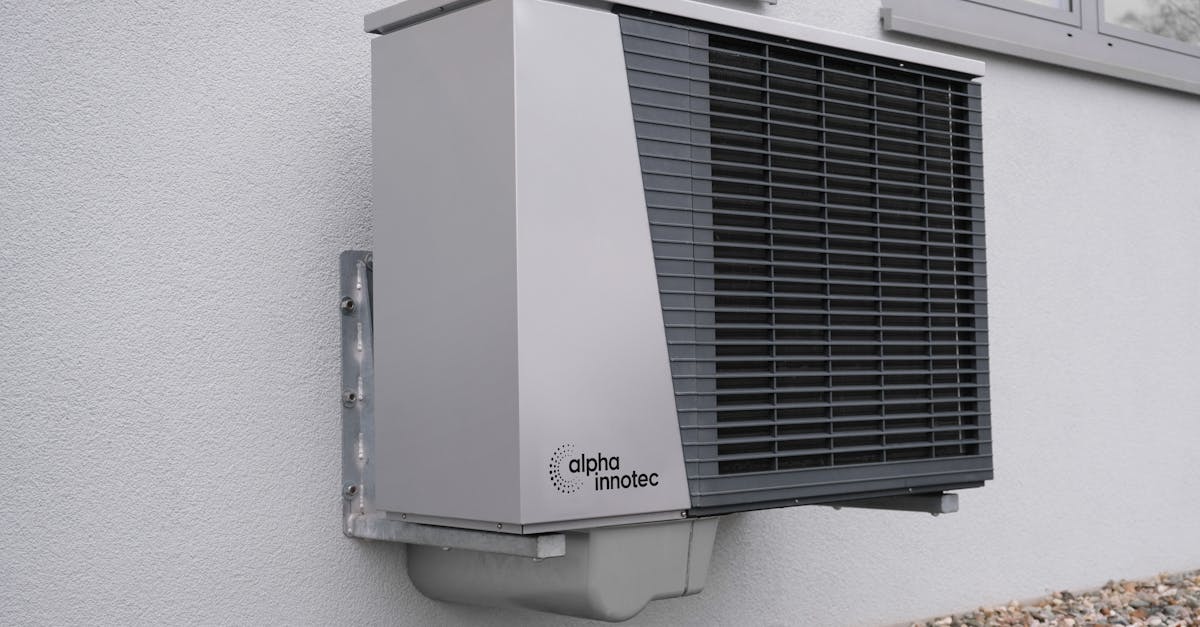Key Steps for Preventative Ductwork Maintenance

Table Of Contents
Sealing Duct Leaks
Air leaks in ductwork can significantly diminish the efficiency of your heating and cooling systems. Addressing these leaks not only improves comfort but also reduces energy consumption. Common areas prone to leaks include connections between different ducts, joints, and around vents. A careful inspection using visual checks and duct leakage testing can help pinpoint areas needing attention.
Sealing these leaks can be accomplished with several methods, including using mastic sealant or foil tape designed specifically for ductwork. Duct sealing products are durable and can withstand temperature variations. It’s important to ensure no air pressure is present in the ducts while sealing, allowing for a better bond. Regular maintenance and periodic checks can help maintain the integrity of your duct system and contribute to long-term energy savings.
Techniques for Identifying and Sealing Leaks
Identifying leaks in ductwork is essential for maintaining energy efficiency and ensuring proper airflow throughout the home. Homeowners can begin the process by conducting a visual inspection. This involves checking for obvious signs of damage, such as disconnected ducts, visible holes, or gaps in joint seals. Another effective method is the use of smoke pencils or incense sticks. By holding these near potential leak sites, any irregular movement of the smoke can indicate air escaping from the ducts.
Once leaks are detected, sealing them becomes the priority. Use high-quality duct sealant or metallic tape designed specifically for this purpose. Avoid regular adhesive tape, as it may not withstand temperature variations over time. For larger gaps or openings, consider inserting foam or mastic to create a more robust seal. Ensuring that all accessible ducts are well-sealed not only improves energy efficiency but also enhances overall indoor air quality by preventing contaminants from entering the system.
Insulating Your Ducts
, and enhances indoor air quality by preventing dust and allergens from entering the air.
What are some effective techniques for identifying duct leaks?
Effective techniques for identifying duct leaks include visual inspections, using smoke pencils, duct blasters, and thermal imaging cameras, all of which can help pinpoint areas where air is escaping.
How does proper insulation benefit ductwork?2024-09-09
Proper insulation helps maintain the temperature of the air within the ducts, reducing energy loss, minimising the risk of condensation, and preventing the growth of mould, thereby improving overall system efficiency and lifespan.
When should I consider hiring a professional for ductwork maintenance?
You should consider hiring a professional for ductwork maintenance if you notice significant energy bill increases, inconsistent heating or cooling, visible signs of wear or damage, or if you’re unsure about performing repairs or inspections yourself.
How often should I conduct preventative ductwork maintenance?
It is recommended to conduct preventative ductwork maintenance at least once every one to two years, but more frequent inspections may be necessary if you have pets, allergies, or live in an area with high dust levels.
Related LinksTable Of Contents
Understanding Duct Cleaning TechniquesContaminants in Ducted SystemsImportance of Regular Ductwork Inspections
Addressing Air Quality Concerns through Ductwork MaintenanceTypes of Contaminants and Their Sources
Implementing Energy-Efficient Practices in Ductwork MaintenanceMaintenance Practices for Ducted Air Conditioning